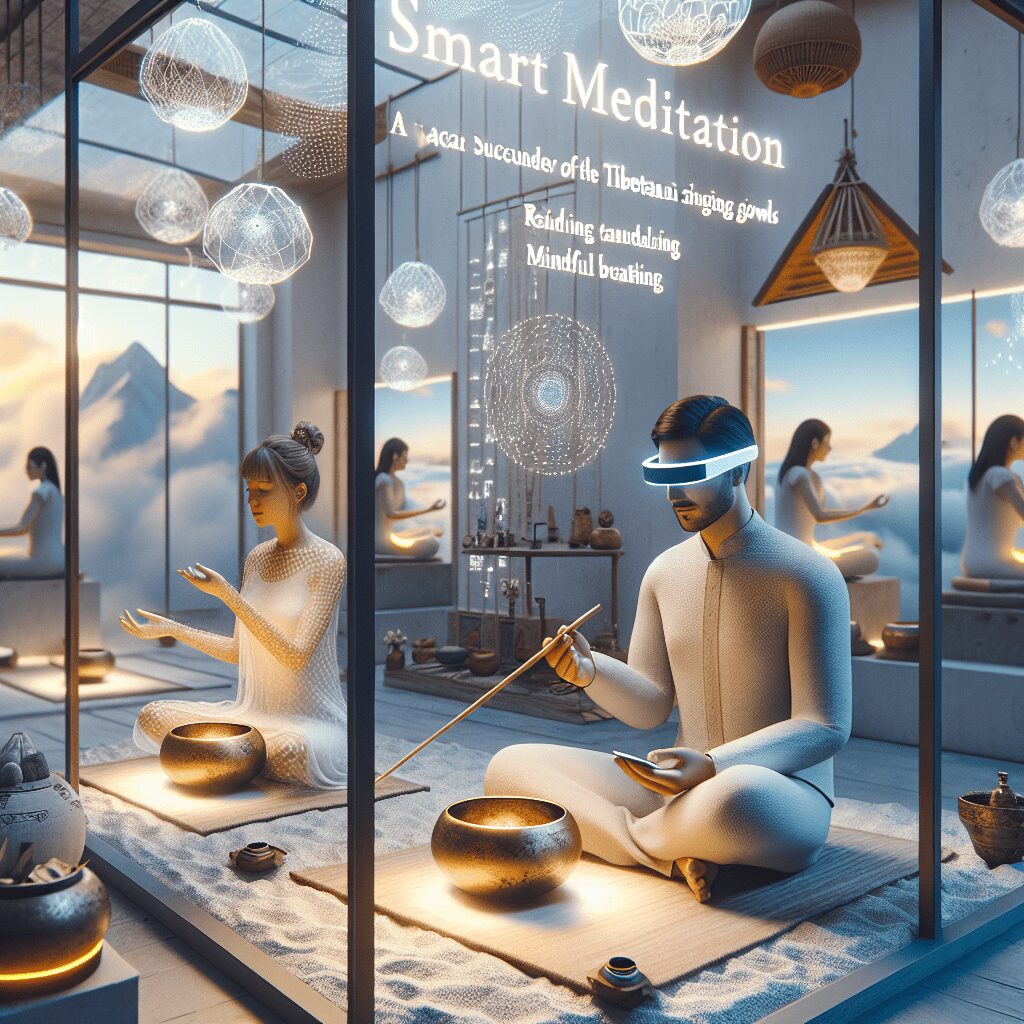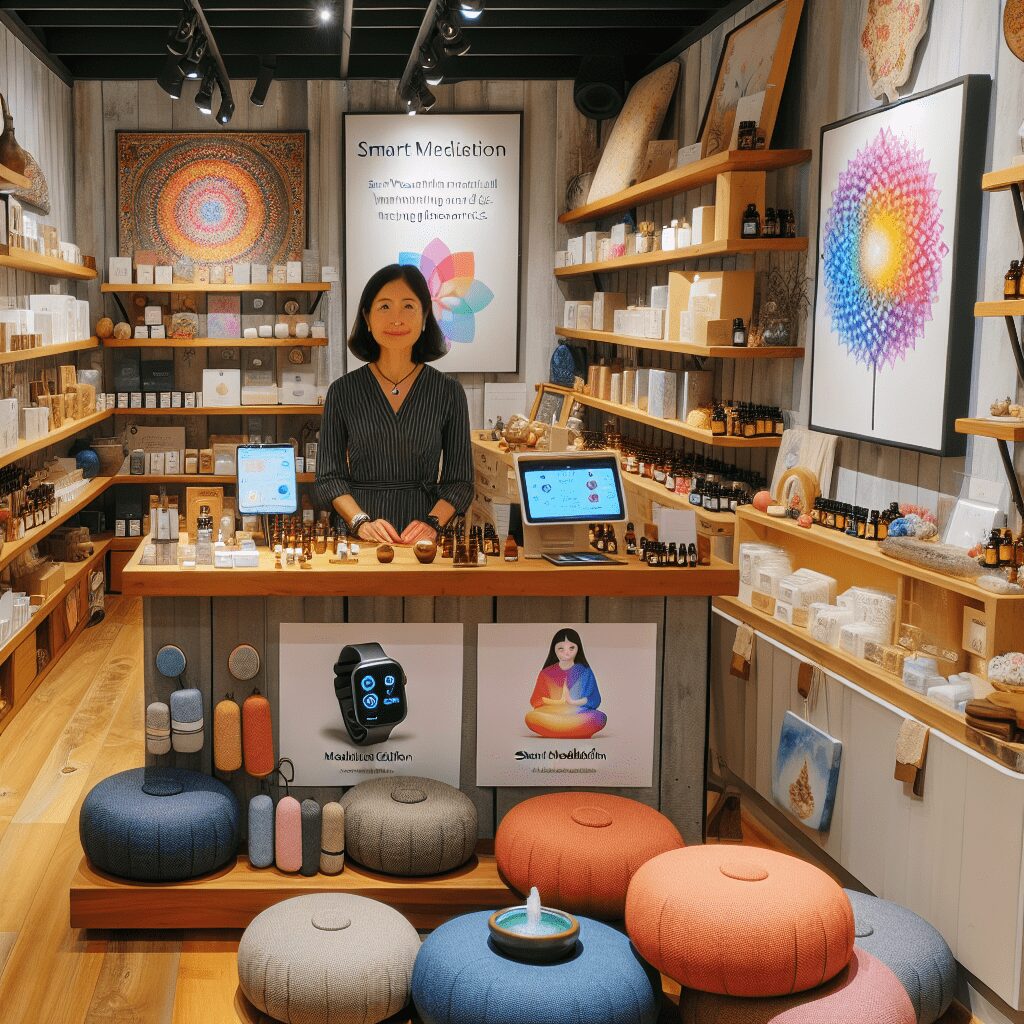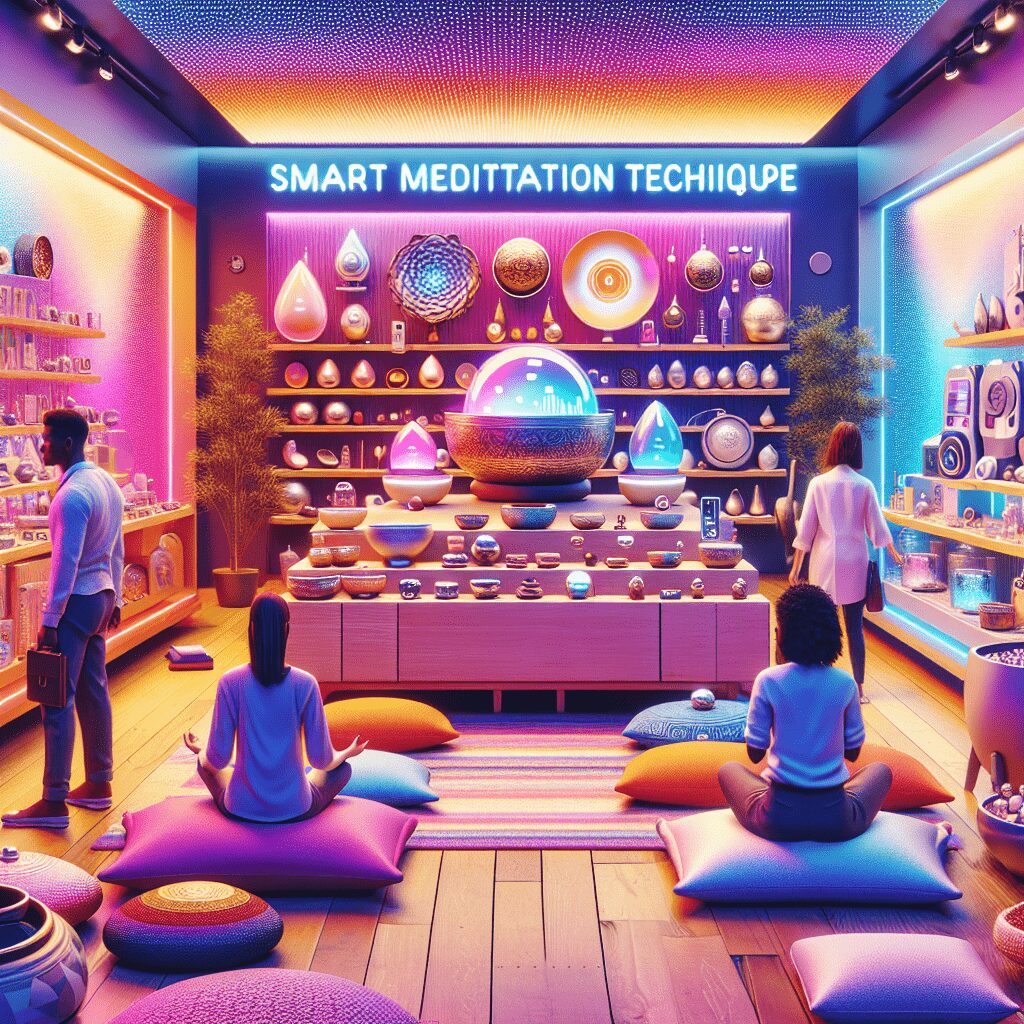
Prioritize your mental well-being daily. Enhance your life by nurturing your mental health with the Smart Meditation app. Break free from stress, alleviate anxiety, and enhance your sleep quality starting today.
Can Color Schemes Reduce Stress?
Unraveling the Kaleidoscope: How Color Schemes Influence Your Mood
Ever walked into a room and instantly felt a wave of peace wash over you? Or perhaps encountered a space that just seemed to zap your energy? It’s not all in your head – or perhaps, more accurately, it is, but there’s a scientific explanation for it. The colors that surround us play a pivotal role in shaping our emotions and stress levels, more than we might realize. Let’s dive into how color schemes are less about aesthetics and more about emotional well-being.
The Psychology Behind the Palette
Colors are not just visual stimuli; they’re psychological triggers. Our brains respond to colors in ways that significantly affect our mood and stress levels. This relationship between color and emotion is a field of study known as color psychology. Here’s the lowdown on how different hues can crank up or dial down our stress:
-
Blue: Often dubbed the super-chiller of the color spectrum, blue has a profound calming effect. It’s associated with serenity, stability, and tranquility. No wonder many corporate offices and hospitals opt for blue tones. It’s like a visual sigh of relief.
-
Green: This color takes the silver medal in the relaxation Olympics. Mimicking the soothing essence of nature, green can help reduce anxiety and foster a sense of renewal. Ever wondered why ‘getting some greens’ does the trick? Here’s your answer.
-
Yellow: The epitome of cheerfulness, yellow screams happiness and stimulates creativity. However, it’s a bit of a double-edged sword; too bright, and it can have the opposite effect, leading to feelings of frustration and anger. Moderation is key.
-
Red: The color of passion and energy can get the heart racing – sometimes a bit too much. While it may invigorate and excite, it’s often too stimulating for areas meant for relaxation. Best to keep the reds for spaces that benefit from a bit of drama and excitement.
-
Purple: A unique blend of serene blue and vibrant red, purple can foster creativity and calm, depending on its shade. Lighter lavenders are particularly good at washing away stress with their gentle, soothing vibes.
Navigating this spectrum effectively can transform our living and workspaces from stress-inducing to stress-reducing environments. But it’s not just about individual colors; it’s how these hues play together in our spaces.
Crafting Your Stress-Reducing Palette
Creating a serene oasis or an energizing space goes beyond slapping on a coat of paint. It’s about strategic color combinations and understanding the psychological interplay at work. Here are some tips to harness the power of color in your surroundings:
-
Seek Balance: Too much of any color can tip the scales from soothing to overpowering. Incorporate neutral tones to keep bold colors in check or to soften a predominantly cool or warm palette.
-
Consider Lighting: Natural and artificial lighting can significantly affect how we perceive color. Test your colors at different times of the day to ensure they bring the intended vibe.
-
Play with Accents: If you’re not ready to commit to full walls of color, experiment with accents. Pillows, artwork, and decorative items are great ways to inject color without overwhelming the space.
-
Mind the Function: Tailor your color choices to the room’s purpose. Opt for calming hues in bedrooms and study areas, and reserve energizing colors for spaces designed for activity and interaction.
-
Personal Preference Trumps All: In the end, your unique response to color is what matters most. Choose hues that resonate with you personally, and you’ll create spaces that not only look great but feel amazing too.
Color has the power to transform not just spaces but our states of mind. By thoughtfully applying color psychology to our environments, we can create havens of calm and corners of energy, tailored to our emotional needs. So, next time you’re pondering a palette change, remember: it’s not just about the color on the walls – it’s about changing the complexion of your daily life.





